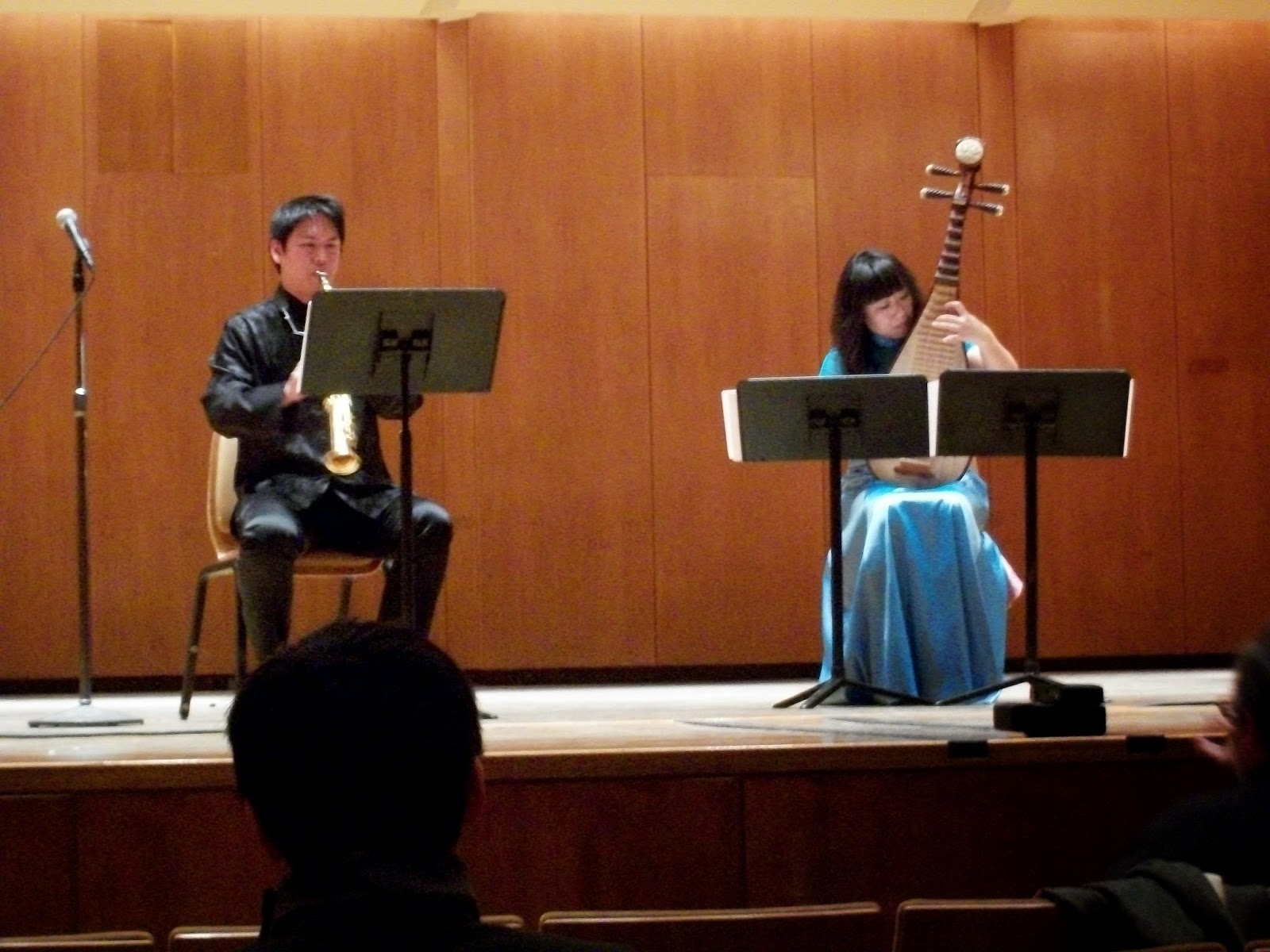Six months into my biography project. If you’re new, or just
not paying attention, I have decided to dedicate this year to the study of
biographies (and autobiographies) or musicians and dancers. Why musicians and
dancers? The simplest answer is these are the two topics that have always kept
my full attention. Ballet, specifically, fascinates me with its aesthetic,
grace, precision, and discipline. The finest dancers possess strength,
musicality and astounding control.
I was fortunate to study ballet while pursuing a dance minor
at college. I enjoyed the jazz and modern classes, but always took more ballet
classes than was strictly necessary. The feeling of executing a perfect
pirouette or moving through an extended adagio combination without losing your
balance is absolutely thrilling. I managed to progress enough to try some work en pointe, which is every bit as
challenging as it appears to be. After a nearly 10 year lay-off, I have finally
returned to a ballet studio. It is so difficult, but I love every minute of it.
At the end of last year I read Apollo’s Angels: A History of Ballet, by Jennifer Homans. This
well-researched book chronicles ballet through its beginning in 17th
century France, its move through Italy, its subsequent grip on Russia, all
before launching itself upon the world. Because so much of the history of
ballet is tied to aristocracy and politics, I wound up learning more about
European history than I ever did in history class.
My biographies started with the sublime Dame Margot Fonteyn
and has, up to now, taken me through the lives of Maria Tallchief, Jacques
D’Amboise, Suzanne Farrell, George Balanchine, and Gelsey Kirkland (whose
autobiography I have now read three times). Not surprisingly, they all dance
through each others’ books, as they ballet world is rather small. The composers
who write through this world include Stravinsky, Tchaikovsky, Chopin, Debussy,
among many others.
The musician side of this project is, for better or for
worse, heavily weighted in the jazz genre. My jazz foundation began when I was
a kid, just starting to notice this thing called jazz. One of my first long
reports in school was one of the history of jazz (I also did a report on the
history of ballet). I learned about jazz’s beginnings in New Orleans (the
history of which is only just now beginning to be clarified) and how it made
its way to Chicago and Kansas City and then to New York as it spread itself
throughout the nation and the world. Since that initial research, and
forevermore, New Orleans has held a special place in my heart as the birthplace
of such an intriguing art form. So perhaps it may have been a bit cloying to
start the musician side of this project with Terry Teachout’s Pops. Considering Louis Armstrong’s
influence on so many musicians since he picked up a horn, it just made sense to
me to start the project this way. Following Louis, I have read my way through
the lives (and times) of Artie Shaw, Lawrence Welk, Benny Goodman, Charlie
Parker, and Woody Herman.
Biographies are brilliant ways to learn history, as no one
lives in a vacuum. I have also found them to be a great source of inspiration.
The great musicians and dancers are great for a reason. They have talent,
certainly, but they also possess ideas, grit, determination, and absolute
dedication to their craft. These are qualities that should be acknowledged,
admired, and held up as an example of what an individual can accomplish.
Looking forward to the rest of the year, I notice that
female musicians are under-represented, so I will be on the lookout for some
good women. In the stack of books, though, are the lives of Vaslav Nijinsky,
Bob Fosse, Miles Davis, Count Basie, Dizzy Gillespie, the Dorsey brothers, and
Lionel Hampton.
Now if you’ll excuse me, I have some reading to do.






















